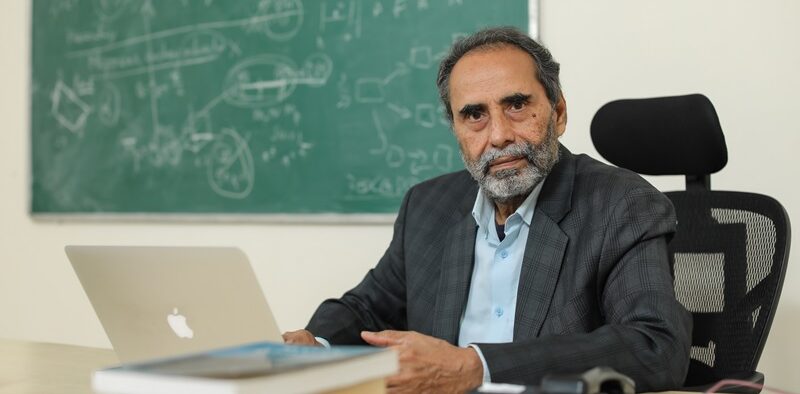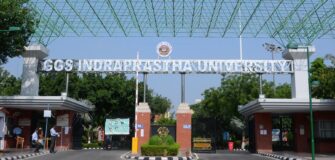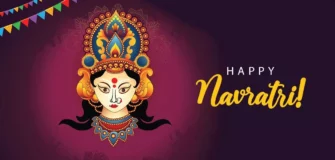Chandrayaan-3: How Indian Universities Are Inspiring the Next-Gen
Share

With the successful landing of Chandrayaan-3 on the moon’s lunar south pole on the 23rd of Aug, 2023, India got catapulted into an exclusive club of lunar explorers, which previously only comprised three nations. This remarkable feat, undertaken by the Indian Space Research Organization (ISRO) on an impressive, economical budget stands as a testament to India’s capabilities and deep-rooted aspirations in Space-science projects, a legacy charted by visionary minds like Vikram Sarabhai, A.P.J. Abdul Kalam, U.R. Rao and several others. It also sends an inspirational message to budding scientists and space researchers. Universities and research institutes across the country have adopted innovative methods to elucidate the significance of this to the student community.
Live lessons
Even ahead of the mission, there was excitement building up in the whole country. Several universities responded by hosting ‘special assemblies’ which involved live streaming on their campuses to ensure the students feel connected to the occasion. Watching the launch together generated an active participation among the students and faculty members, fostering a collective celebration of India’s science and technology prowess. It aided for shared discussions, questions, and conversations about the significance of the mission, its objectives, and the broader implications. More such live sessions have become part of the curriculum in many colleges.
Collaboration through consortiums and workshops
In a further advent to motivate future generations to pursue careers in aerospace and space technology, many universities adopted a few more hands-on learning methods for their students. There were collaborations between select faculty members and students with the Cosmic Microwave Background (CMB) Bharat Consortium, bridging the gap between theoretical and practical knowledge. There are a plethora of workshops for skill development like telescope making, seminars, talks, and exhibitions to discuss the latest developments in space research. With these collaborations, students get the exposure to network with experts in their field, facilitating mentoring relationships as well as research partnerships.
We live in a world that is increasingly interdependent, and space education provides a global perspective by equipping students with knowledge relevant to an array of fields, ranging from oceanography, geology, deep space expeditions, space tourism, etc.
Interdisciplinary reflections
Chandrayaan-3 opens up a wide breadth of prospects and outreach activities, with the core intention of sharing knowledge and promoting science and scientific education across the country. It clearly pushes beyond the limits of just space technology, and how such achievements can in turn have wider geo-political implications or influence diplomatic relations with other countries. Thus, along with STEM fields, even social and political scientists fields have created forums for discussions and deliberations of the long and far-reaching impacts of such endeavors. From an economics perspective, successful lunar missions can have strategic benefits, like potential resource exploration and technological advancements that can be applied to various industries, from telecommunications to agriculture. In the next decade, the country’s space industry is projected for a significant boost, through public-private partnerships, a thriving start-up ecosystem, and increased private sector participation in space commercialisation.
In conclusion, an interesting fact about ISRO’s workforce composition is how a majority of them are graduates from small-town engineering institutions and universities. This challenges the dominant narrative that the brightest minds always come from top universities in metropolitan cities. This fact serves as a powerful source of inspiration for students from smaller towns and sends a powerful message that talent and hard work can open doors regardless of one’s place of origin,










